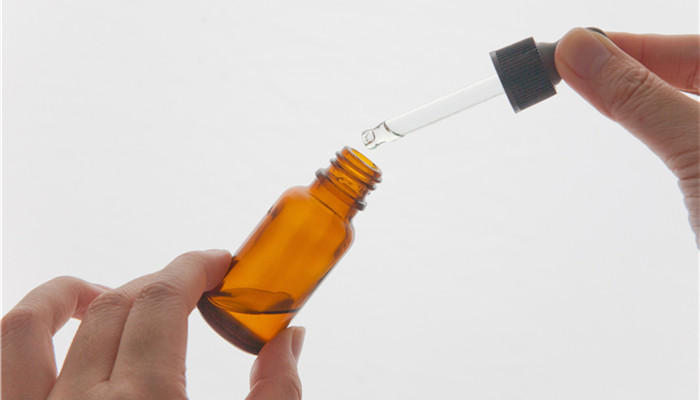
Leaf alcohol is a high-profit refined product with good prospects for future industry development.
Phylol, also known as cis-3-hexen-1-ol, appears as a colorless or slightly yellow oily liquid, slightly soluble in water, soluble in most organic solvents, and can be mixed with most oils. As a refreshing fragrance, leaf alcohol has a strong fragrance of fresh grass leaves and is widely used in cosmetics, food processing, aromatherapy, essential oils, condiments and other fields. In recent years, as the living and consumption levels of our country’s residents have continued to improve, the market demand for flavors and fragrances has increased, and the market demand for leaf alcohol has been released.
According to the “2021-2025 Leaf Alcohol (cis-3-hexen-1-ol) Industry In-depth Market Research and Investment Strategy Suggestions Report released by the Industrial Research Center” shows that in recent years, the leaf alcohol market has developed well, and market sales volume and sales have been in a fluctuating growth trend. In 2020, the global leaf alcohol market sales volume was 22,000 tons, and sales reached 91 million US dollars. With the release of downstream market demand, the leaf alcohol market will continue to grow in the future. It is expected that the global leaf alcohol market sales will reach US$108 million in 2026.
According to different production processes, leaf alcohol can be divided into two categories: natural leaf alcohol and synthetic leaf alcohol. Natural leaf alcohol is mainly extracted from green plants. In nature, leaf alcohol is widely found in the leaves and fruits of many plants, such as mint, kiwi, jasmine and other plants. However, due to the difficulty of extracting natural leaf alcohol and high production costs, the yield of natural leaf alcohol is extremely low, so synthetic leaf alcohol is the mainstream product in the market.
The industrial production of synthetic leaf alcohol abroad started in the 1960s. After years of development and accumulation, the production technology of synthetic leaf alcohol has continued to increase. Currently, the commonly used production processes include conjugated dienol selective hydrogenation, 3-hexyne- 1-alcohol selective catalytic hydrogenation method, cis-olefin derivative conversion method, etc. Compared with foreign countries, the development of my country’s leaf alcohol industry is nearly thirty years late. In the 21st century, with the growth of the domestic economy, the scale of the leaf alcohol industry has continued to expand.
Leaf alcohol is a high-profit refined product, but due to high production barriers, there are only a small number of companies in the market. In foreign markets, the main leaf alcohol manufacturers include Japan’s Zeon, Japan’s Takasago, Japan’s Shinetsu, the United States’ IFF, and France’s Fontarone , NHU, etc. Among them, Japanese Zeon and NHU companies are the global synthetic leaf alcohol market leaders, and French Fontarone is the global natural leaf alcohol market leader. In the domestic market, the main manufacturers of leaf alcohol include Shanghai Shenbao Flavors and Fragrances, Guangzhou Baihua Flavors, Hangzhou Ruilin Chemical, etc.
Industry analysts said that as an important fragrance type, leaf alcohol is widely used in cosmetics, food and food additives, condiments, etc. It is widely used in many fields. In recent years, with the improvement of residents’ consumption level, the leaf alcohol market has been expanding. Compared with the European and American markets, my country’s leaf alcohol industry started relatively late, but with the continued development of the domestic economy, the leaf alcohol industry has also shown a continued upward trend.

 微信扫一扫打赏
微信扫一扫打赏

